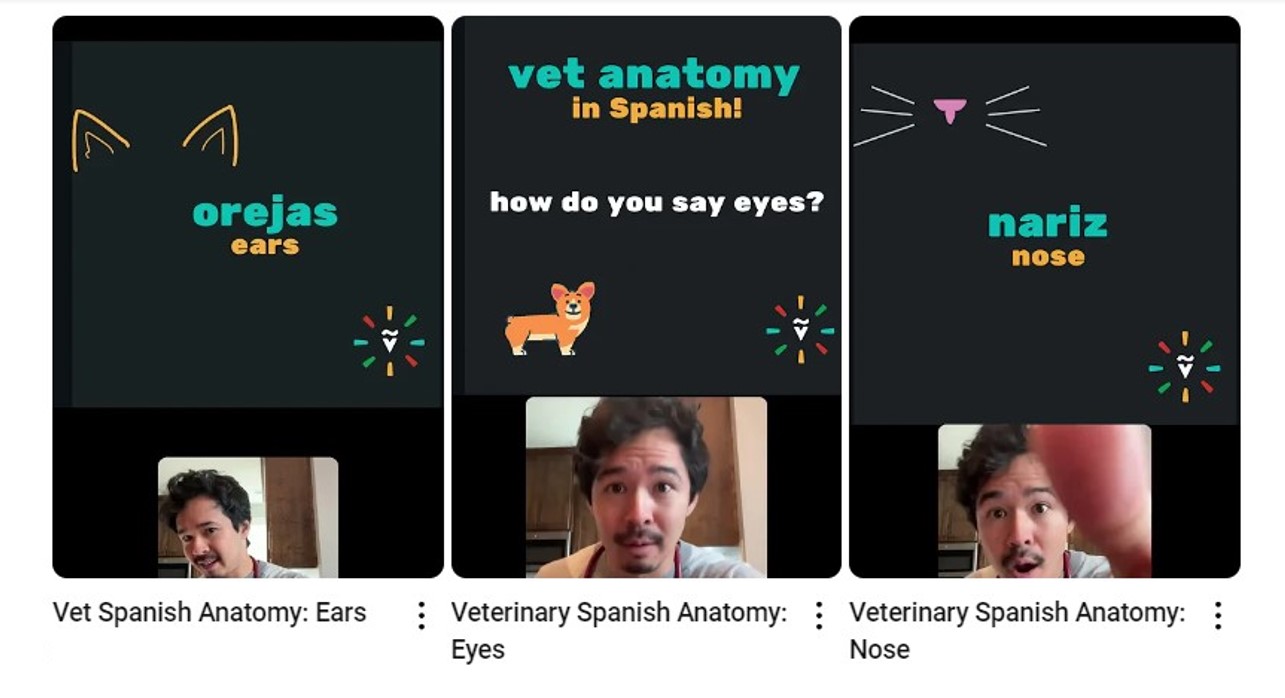Vetspacito: Helping pets and overcoming language barriers

The landscape of veterinary medicine in the United States is evolving, reflecting the nation's diverse population. Today, we face a need to try to overcome language barriers, especially with the growing Hispanic community, which is projected to reach 111 million in the United States by 2060. [1] This demographic shift emphasizes the importance of effective communication in Spanish within the veterinary field.
The Spanish-speaking pet-owning population is on the rise, [2] but many veterinary clinics are struggling to communicate with and serve these people. Even in the top 10 highest or fastest growing regions for Latinx people, only 8% of more than 300 veterinary clinics surveyed had staff that could converse in Spanish.[3]
While many veterinarians rely on translations from family members or staff, important details can get lost in translation, leading to poor pet health outcomes and client frustration. It isn’t unusual for a child in the pet owner’s family to translate, which is not ideal—especially because the nuances of important veterinary topics such as spaying, neutering, and dental cleaning may not be adequately conveyed.
The Vetspacito YouTube series (youtube.com/@vetspacito) is designed for veterinary professionals and focuses on imparting essential Spanish terms related to symptoms and anatomy. Our goal is to make learning Spanish practical and accessible for busy veterinarians and veterinary staff.

Current videos available at youtube.com/@vetspacito include short anatomy lessons such as how to say ears, eyes, and nose in Spanish. Also included are in-depth explanations of important topics such as spaying, neutering, anesthesia, and preventive medicine.
Veterinary Spanish basics
Vetspacito tutorials are concise, focused, and designed for practical application. Whether discussing common symptoms or explaining a procedure, Vetspacito’s videos help bridge language barriers either by using them for your team to learn some veterinary Spanish, or simply showing them to clients to help explain important concepts, like why bloodwork is a good idea to consider for vomiting patients.
It can be challenging to explain veterinary topics in English, even when it is your primary language! Now imagine trying to explain them in Spanish (or perhaps you don’t have to imagine because you’ve experienced it).
Here are some of the important topics the free Vetspacito educational videos cover:
- Fleas
- Heartworm disease
- Anesthesia
- Vomiting
- Diabetes
- Thyroid disease
- Cancer
Overcoming barriers, enhancing care
Embarking on a Spanish journey with Vetspacito is about more than acquiring a new skill—it's about bridging language gaps and enhancing the level of care your team provides. As the population in the US becomes more diverse, there is a significant need for veterinary Spanish education so that we may provide the highest-quality care possible.
As we look to the future, embracing the diversity of our communities is essential for the growth and effectiveness of our profession. Join Vetspacito in this initiative to enhance your practice, broaden your communication skills, and contribute to a more inclusive veterinary community.
References
[1] US Census Bureau
[2] Landau, et al.
[3] J Am Vet Med Assoc 2016;248:690-699
Tyler Primavera, DVM, is part of team Vetspacito. He hopes to elevate, improve, and modernize the practice of veterinary medicine.
Photo credit: © Stadtratte E+ via Getty Images Plus
Disclaimer: The views expressed, and topics discussed, in any NEWStat column or article are intended to inform, educate, or entertain, and do not represent an official position by the American Animal Hospital Association (AAHA) or its Board of Directors.
NEWStat Client communication Patient care Practice management



